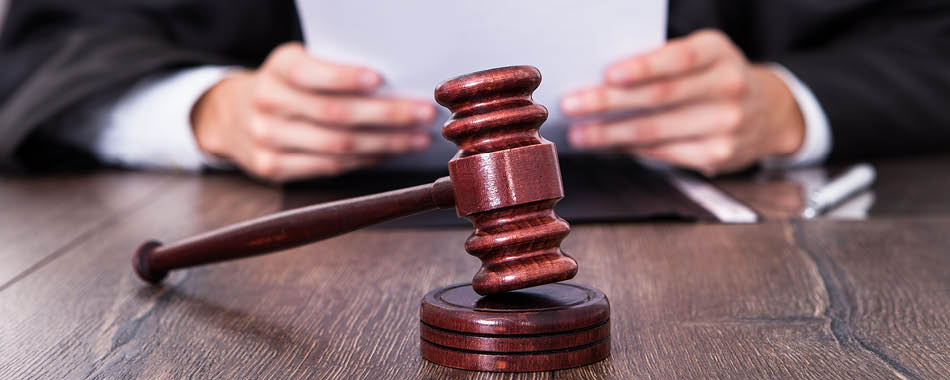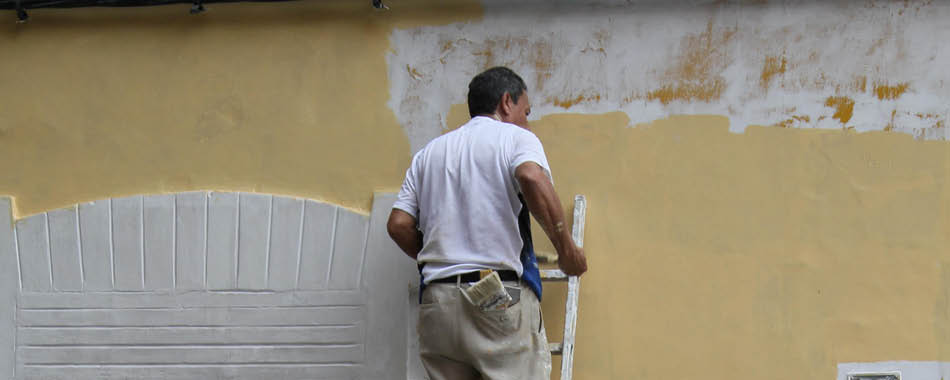So you’ve reached the end of your tenancy, you’ve given appropriate notice to your property manager and it is time to move out of your rental property. What’s next?
At the start of your tenancy, you would have paid a bond as a form of security deposit, to cover the payment of any issues that may be identified at the end of your tenancy. Provided you’ve followed the rules, you should be on your way to receiving your bond in full. But how do we assess how you’ve maintained your rental property throughout your tenancy? It all comes down to the all-important condition report!
What is a condition report?
At the start of every tenancy, as soon as your bond has been paid, your property manager compiles a full report of the condition of the property you are moving into. This is known as the ‘condition report’ and it is an important document that protects both the tenant and the landlord – you want to make sure you’re moving into a property that is up to scratch, and a landlord wants to make sure their investment is being treated with respect and looked after accordingly.
At The Hopkins Group, the condition report is compiled complete with pictures as visual evidence. You should receive two copies of this report, so that you can review its contents and note any differences you observe in your own inspection of the property.
Make sure you take note of anything that your property manager may have missed – you don’t want to be held accountable for something at the end of your lease that you didn’t do. Once you have made any notes and signed to the accuracy of the report on both copies, you will return one copy to your property manager, and keep one for your own records.
How is the condition report used at the end of a tenancy?
When you are vacating the property, your property manager will use your approved condition report from the start of your tenancy as a basis of comparison to inspect your property. Just like when you first signed your lease, we will go through the property to make sure the property matches the condition noted in your signed condition report. We do take into consideration general wear and tear, as a result of everyday life, but our main concerns are that the property is left clean and in good repair for the next tenant.
While living in the property, it’s important to keep your property manager up to date with any maintenance or damage to the property, minimising the need for expensive repairs in between tenancies. Remember, if damage is not reported, you may be held accountable.
What do we mean by reasonably clean?
When discussing the cleanliness of the property, you might hear property managers use the term “reasonably clean” – but what does this mean? Reasonably clean is subjective, right? For example, while one person may not find it necessary to sugar soap the walls, there are others who wouldn’t leave without doing so. As a rule of thumb, while minor scuffs aren’t the end of the world in a rental, general cleanliness is important – when the property clearly has not been dusted or vacuumed, it becomes unreasonable.
To help you prepare your property for your final inspection, we’ve compiled a helpful hint list – so there’s no excuse for letting your rental fall into disarray!
Have any questions? Our property management team is here to help! Please contact us at any time if you have questions about your lease and obligations as a vacating tenant on 1300 726 082.



